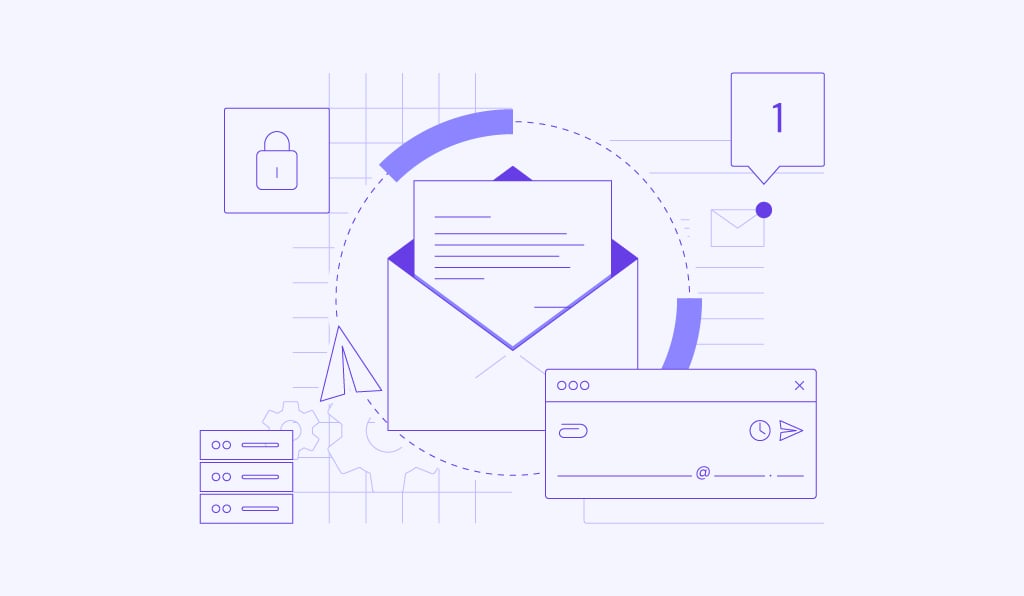Blog
What is email marketing? A beginner’s guide

Email marketing is a powerful tool for businesses aiming to connect with their audience directly. This beginner’s guide will walk you through the essentials of email marketing, its benefits, strategies, and best practices to help you leverage this marketing channel effectively.
Understanding Email Marketing
Email marketing refers to the practice of sending targeted emails to a group of individuals with the intent of promoting products, services, or engaging content. It directly reaches potential and existing customers, allowing businesses to build relationships, drive sales, and increase brand awareness.
Why Email Marketing Matters
Email marketing is one of the most cost-effective marketing strategies. Despite the rise of social media and other communication channels, email remains a preferred method of communication for many people. Here’s why it matters:
-
Direct Communication: Email provides a direct line to your audience without the interference of algorithms that can obstruct visibility on social media platforms.
-
High ROI: Studies indicate that for every dollar spent on email marketing, businesses can expect an average return of $42. This high ROI makes it an appealing choice for marketers.
- Personalization: With email marketing, you can segment your audience and send personalized messages based on their behavior, preferences, and demographics. This personal touch enhances engagement and conversion rates.
Building Your Email List
An effective email marketing campaign starts with a robust email list. Here are some strategies to build your subscriber base:
1. Create Valuable Content
Providing valuable content such as e-books, guides, and webinars in exchange for email sign-ups can attract subscribers. The more valuable the content, the more willing individuals will be to share their contact information.
2. Use Opt-in Forms
Embed opt-in forms on your website or blog. Ensure that these forms are easy to access and fill out, preferably in high-traffic areas like your homepage, blog sidebar, or after an article.
3. Leverage Social Media
Promote your email list on social media platforms by sharing snippets of your newsletter content or special offers that are exclusive to subscribers.
4. Host Contests and Giveaways
Engaging in contests can encourage people to subscribe. Make sure to collect email addresses as part of the entry process for your contest.
Crafting Engaging Emails
Once you have your email list, the next step is to create compelling content that resonates with your subscribers. Here are some tips to enhance your email crafting skills:
1. Write Captivating Subject Lines
The subject line is the first thing recipients see, so ensure it’s attention-grabbing yet informative. A good subject line should spark curiosity or offer clear benefits.
2. Personalize Your Messages
Using the recipient’s name and tailoring content based on their preferences can significantly improve engagement rates. Personalized emails make subscribers feel valued and understood.
3. Keep It Concise
Today’s readers appreciate brevity. Get to the point quickly while delivering your message clearly. Use bullet points and subheadings for easy skimming.
4. Include a Strong Call to Action (CTA)
Every email should have a clear CTA that guides subscribers on what steps to take next, whether it’s visiting your website, downloading a resource, or making a purchase.
Segmenting Your Audience
Audience segmentation is crucial in email marketing as it allows you to tailor your messages further. Segment your list based on various factors:
- Demographics: Age, gender, location, etc.
- Behavior: Engagement level, purchasing history, or browsing activity.
- Interests: Categories of products or services subscribers have shown interest in.
By segmenting your audience, you’ll send more relevant content, enhancing your chances of engagement and conversion.
Analyzing Your Campaigns
To improve your email marketing efforts, it’s essential to analyze the performance of your campaigns. Monitor key metrics to gauge success:
1. Open Rates
This metric shows the percentage of subscribers who open your emails. If open rates are low, consider experimenting with different subject lines or send times.
2. Click-Through Rates (CTR)
CTR measures how many recipients clicked on links in your email. A low CTR may indicate the need for more compelling content or better CTAs.
3. Conversion Rates
Ultimately, conversion rates reflect the effectiveness of your email marketing in driving sales or achieving your campaign goals. Evaluate what strategies lead to the highest conversions.
Best Practices in Email Marketing
To ensure your email marketing campaigns are effective and compliant, follow these best practices:
1. Obtain Permission
Always secure consent before adding someone to your email list. This ensures you’re not violating spam regulations and builds trust with your audience.
2. Optimize for Mobile
Many users access emails on their mobile devices. Ensure your emails are mobile-friendly by using responsive layouts and short paragraphs.
3. Maintain Consistency
Create a regular publishing schedule to keep your subscribers engaged. Whether it’s weekly or monthly, consistency helps build anticipation among your audience.
4. Comply With Regulations
Familiarize yourself with email marketing regulations such as the CAN-SPAM Act or GDPR. Ensure you provide an easy opt-out option in every email.
Conclusion
Email marketing is a robust channel for building relationships with customers and driving business growth. By understanding its fundamentals, building a quality email list, crafting engaging content, and analyzing performance, you can create effective email marketing strategies that resonate with your audience. Embrace email marketing today, and watch your brand thrive through stronger connections and increased conversions.

